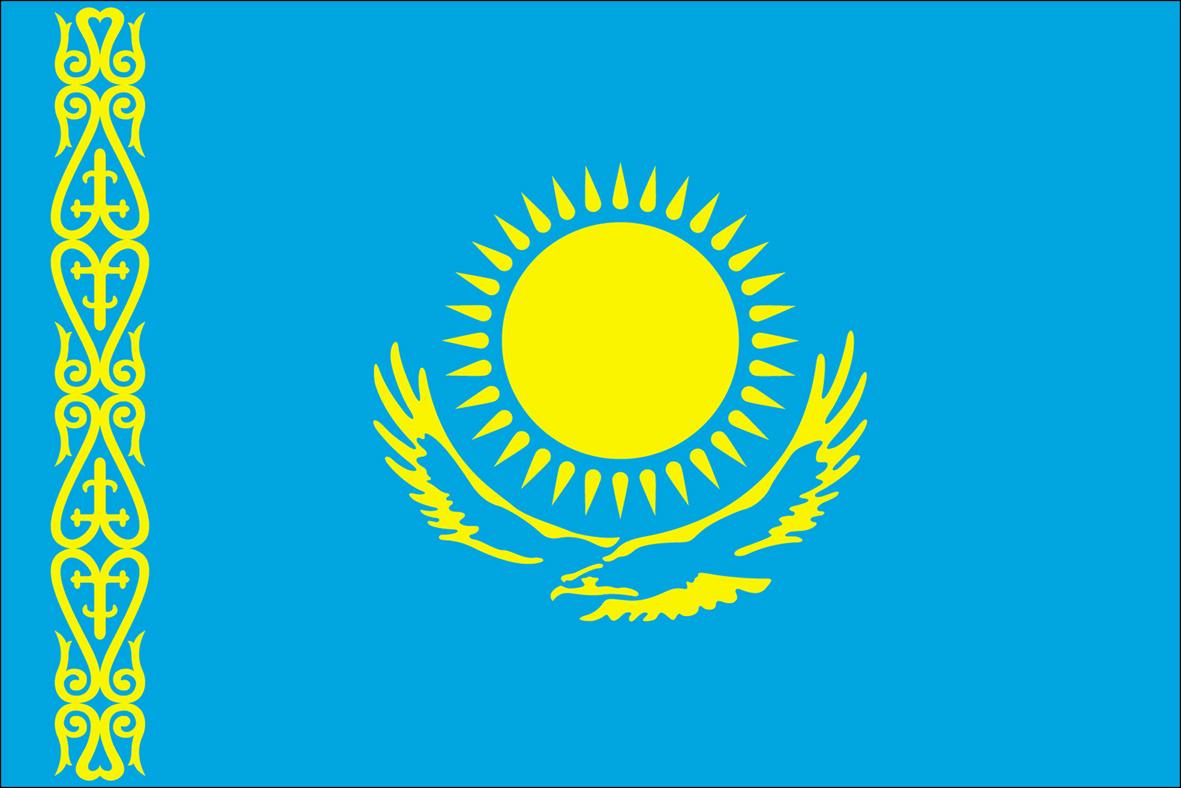The study of Mongolia’s cultural ecology poses numerous difficulties, due to the size of the territory and the lack of archaeological and historical data. Cultural ecology analyses the interaction between humans and their environment, which is shaped by culture. It seems promising to apply a research strategy which uses tools from various disciplines. Remote sensing, for instance via satellite images, allows to examine physical and biological environments and detect traces of human activities.
The Bahrain fortress was built close to the seashore around the 3rd century AD, presumably by Persian Sasanian kings. Islamic coins bearing the symbol of a member of the Salgharid family have revealed that it was reused and transformed during the 13th century. In the 14th century, a new fortress was built by the Kings of Ormus and restored by the Portuguese in the late 15th century. In the Qalat al Bahrain, Chinese coins from the Tang and Song dynasties and ceramics from various origins were found.
Chinese sources play an important role in the historiography of ancient Brunei. The earliest known description of Brunei can be found in the book of Liang. During the Liang dynasty in the 6th century AD, many Chinese monks sailing to India landed in Brunei. During the Ming dynasty, Brunei was described in accounts of various Chinese travellers, such as Huang Xingzeng’s book Xi Yang Chao Gong Dian Lu (Tributes from the Western Countries) and Zhang Xie’s book Dong Xi Yang Kao (Studies on the Eastern and Western Oceans).
Ancient ceramics, which are usually well conserved in tropical climates, constitute valuable evidence for the dating of excavation sites and the study of historic cultures and trade relations. Peninsular Malaysia was a stopover for merchants travelling from East to West and vice versa on the maritime Silk Road, and ceramics were also transported on the inland river routes. Excavations in Malaysia, especially in ancient ports, have revealed porcelain from various origins including China, India, the Middle East and several Southeast Asian countries.
Sumatra was influenced by Indian culture from the 6th century AD onwards. The kingdom of Srivijaya became an important centre of Buddhism. There are various archaeological traces of the development of Buddhism in Sumatra from the 7th to the 14th century AD, such as inscriptions, religious buildings and bronze and stone sculptures. Many of these artefacts have a Tantric character, which corresponds to parallel developments in East Java. Tantric Buddhism reached Sumatra already during the 7th century AD.
Ancient Korea was renowned for its textiles. It was probably closely connected to the emergence of sericulture, which had its centre in China in the nearby Shandong province. The English word “silk” might have its etymological origin in Ancient Korean. The Korean language was influenced by Western elements which reached the peninsula through China and Mongolia.
In 1975, the discovery of Chinese ceramics in the sea near Shinan launched a series of underwater excavations close to the Korean peninsula. They revealed a shipwreck which was subsequently explored and salvaged over nine summers, from 1976 to 1984. It belonged to a Chinese merchant ship from the 14th century AD which had sunk on its way along the sea Silk Road. Inside the ship, over 20 000 pieces of ceramics and a large number of other objects were found.
Monasteries in Bulgaria have a long history and have always occupied a significant position in Bulgarian public life. Many of them were built in sacred sites which can be traced back to the Protobulgarians, who came to the West from Asia on similar routes to the later Silk Roads. On their way to Europe, the Protobulgarians came in contact with numerous tribes and peoples from different parts of Asia and were influenced by their culture and religion. In turn, their beliefs had an impact on Orthodox Christian dogmas.
After the Portuguese reached China in 1514 and Japan in 1542, they soon started trading with porcelain from these countries. Other Europeans also started to engage in the ceramics trade. During the 17th and 18th centuries, most porcelain was exported to Europe in bulk to be used as tea and table ware. It was mainly blue-and-white, but there was also a smaller number of more costly overglaze painted ceramics.
The mural paintings in Ajanta constitute a unique example of ancient Buddhist art in Asia. They are the only well preserved mural paintings from this era in India. These paintings from the Gupta period had an important impact on the arts in the rest of India and Sri Lanka. Furthermore, the Indian pictorial tradition spread to the Northeast, East and Southeast Asia via the Silk Road. In the Himalaya, the Ajanta style had a very significant influence on Buddhist art.




